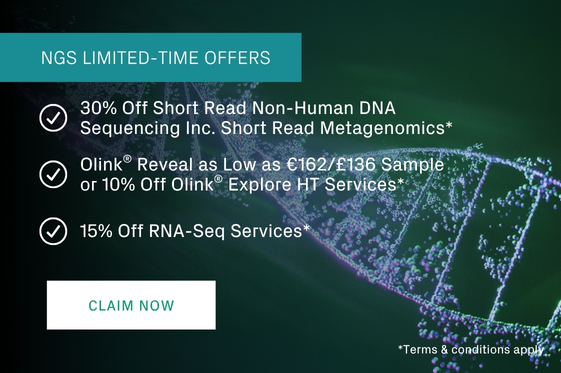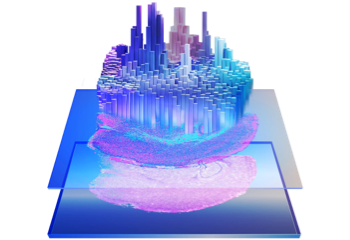RNA Sequencing (RNA-Seq)
RNA sequencing (RNA-Seq) is a highly effective method for studying the transcriptome qualitatively and quantitatively. It can identify the full catalog of transcripts, precisely define gene structures, and accurately measure gene expression levels.
Our RNA-Seq services provide unparalleled flexibility in analyzing different RNA species, including coding, non-coding, and small transcripts, from a wide range of starting material using long- or short-read sequencing. Various RNA-Seq service options are available, including total bulk, small, and single-cell RNA-Seq with RNA-Seq data analysis from a wide range of starting materials using short- or long-read sequencing.
For RNA-Seq experiments using FFPE tissue or other low-quality samples, submit an inquiry about our highly-sensitive RNA exome solution.
RNA Sequencing Services
Single-Cell RNA-Seq
Single-cell RNA sequencing analyzes gene expression at single-cell resolution for heterogeneous samples. The 10x Genomics® Chromium™ platform provides advanced transcriptional profiling of thousands of individual cells.
Standard Bulk RNA-Seq
Standard RNA sequencing is our most popular option for profiling gene expression, enabling the analysis of coding (mRNA) and long non-coding RNA (lncRNA).
CLIA RNA-Seq
RNA-Seq services performed in a CAP/CLIA laboratory for clinical applications. Custom CLIA validations for specific assays.
Find the right NGS solution for your project using our interactive selection tool.
Features & Benefits
-
Superior Data QualityExceeding manufacturer’s benchmarks -
Fast TurnaroundStarting at 1 week for sequencing -
European ProviderSequencing available at our lab in Leipzig, Germany
RNA Extraction & Library Preparation
Having performed over 220,000 sample extractions, our experienced scientists can extract RNA from over 30 standard and hundreds of custom samples types to ensure RNA integrity and quality.
We also offer several library preparation protocols tailored to meet your project requirements. In addition to standard and stranded poly(A) selection methods, we offer rRNA depletion for FFPE, poor-quality, and ultra-low input samples containing as few as 10pg of RNA or just a few cells. We also offer optional controls such as unique molecular identifiers (UMIs) and ERCC (External RNA Controls Consortium) RNA spike-ins to improve RNA-Seq data quality and quantification accuracy.

Transcriptomics Technical Resources
Technical Specifications
Example Data
Sample Submission Guidelines
Frequently Asked Questions
GENEWIZ Citations
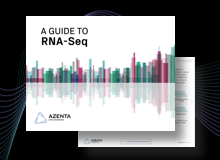
eBook | A Guide to RNA-Seq
There are multiple factors to consider when selecting which RNA-Seq technique is the right approach for your project. In this eBook, discover the what, why, and how of RNA-Seq, the most common types of assays and platforms, and uncover insights into how to select the best method to achieve optimal results for your research.
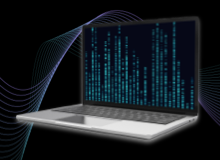
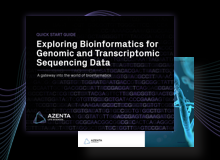
Quick Start Guide | Exploring Bioinformatics for Genome and Transcriptome Sequencing Data
For those new to bioinformatics, analyzing massive amounts of NGS data can be a daunting task. Download the GENEWIZ bioinformatics quick start guide to learn how to analyze whole genome sequencing (WGS) and RNA sequencing (RNA-Seq) data with bioinformatics tools to reveal biological insights for your research.
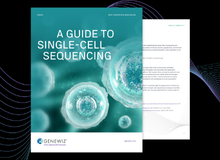
eBook │ A Guide to Single-Cell Sequencing
Whether you’re new to single-cell sequencing or looking to improve your data quality, this eBook provides a comprehensive overview of single-cell sequencing, focusing on how this technology works, optimized approaches to enhance results and use-case applications to help you get the most out of your research.
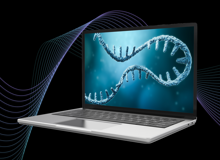
Webinar Series | Advancing Transcriptomics: Gene Expression Screening, Single-Cell RNA-Seq, and Beyond
With this two-part webinar series, go beyond traditional transcriptomics and learn about the various NGS approaches available for gene expression analysis. In part 1, we take an in-depth look at various gene expression approaches, including RNA-Seq, single-cell RNA-Seq, digital spatial profiling, and more. In part 2, we explore the data generated from these approaches and how they can complement each other and confirm findings.
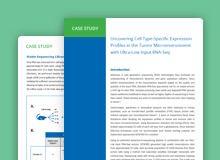
Case Study | Uncovering Cell Type-Specific Expression Profiles in the Tumor Microenvironment with Ultra-Low Input RNA-Seq
Biomedical specimens are often restricted to minute quantities, posing major limitations to RNA-Seq. This case study shows how approximately 50 sorted cells from a glioblastoma can produce transcriptomic data comparable to RNA-Seq experiments that use millions of cells.
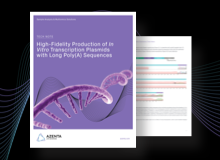
Tech Note | Full-Length RNA-Seq: A Novel Method to Assess Sequence Integrity for RNA Therapeutics
Strict quality control is required to maintain the integrity of manufactured products for RNA therapies, but current assays often present limitations. Learn how the GENEWIZ novel full-length RNA-Seq approach allows you to preserve the entire length of and effectively sequence the poly(A) tails of your mRNA products.

Tech Note | Isoform Sequencing on the PacBio Sequel® – Maximizing Output and Accuracy
Contiguous mRNA full-length sequencing (Iso-Seq) greatly simplifies genome annotation efforts and revolutionizes the discovery of novel RNA isoforms. This Tech Note discusses the advantages of the latest technologies combined with GENEWIZ optimized workflow, and how this increases output and accuracy.

Tech Note | Achieving Phenotypic Profiling for Rapid Drug Discovery with High-Throughput Gene Expression Screening
High-throughput technologies are critical in performing phenotypic profiling for drug discovery applications. In this tech note, GENEWIZ from Azenta Life Sciences discusses the challenges associated with traditional approaches, such as microarrays and RNA sequencing, and offers an optimized assay to achieve high-quality phenotypic profiling at a reduced cost for rapid drug discovery.
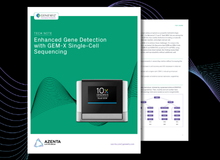
Tech Note | Enhanced Gene Detection with GEM-X Single-Cell Sequencing
This tech note highlights how 10x Genomics’ GEM-X chemistry enhances single-cell RNA sequencing by improving cell recovery, gene detection, and immune profiling, all while reducing costs per cell. Unlock these insights and optimize your single-cell analysis.
What is RNA sequencing (RNA-Seq) used for?
RNA sequencing, or RNA-Seq, is used to identify the nucleotide sequence of the RNA strand and detect the quantity of RNAs in a sample (bulk RNA-Seq) or in an individual cell (single-cell RNA-Seq).
RNA-Seq provides a deeper insight into the transcriptome of a cell— enabling discovery of novel transcripts and differential gene expression analysis—by generating count data. In analyzing the count data, researchers can quantify RNA fragments and associate RNA sequences to respective genes in the sample.
What is the process of RNA sequencing (RNA-Seq)?
The process of RNA-Seq starts by isolating and fragmenting the RNA strand, then undergoing reverse transcription— synthesizing complementary DNA (cDNA)— and adding nucleotides to an RNA strand while copying the RNA strand simultaneously using next generation sequencing (NGS) technology.
How does RNA-Seq data analysis work?
RNA sequencing (RNA-Seq) analysis works by using a reference genome or transcriptome to map sequencing reads, quantifying the expression levels of the individual genes and transcripts, and identifying target genes and transcripts that are differentially expressed between samples. Researchers can perform de novo transcriptome assembly for new species with RNA-Seq using low concentrations of a starting sample, and/or with low-quality sample solutions.
NGS PLATFORMS
For information on our NGS platforms as well as recommended configurations of your projects, please visit the NGS Platforms page. GENEWIZ from Azenta does not guarantee data output or quality for sequencing-only projects.
